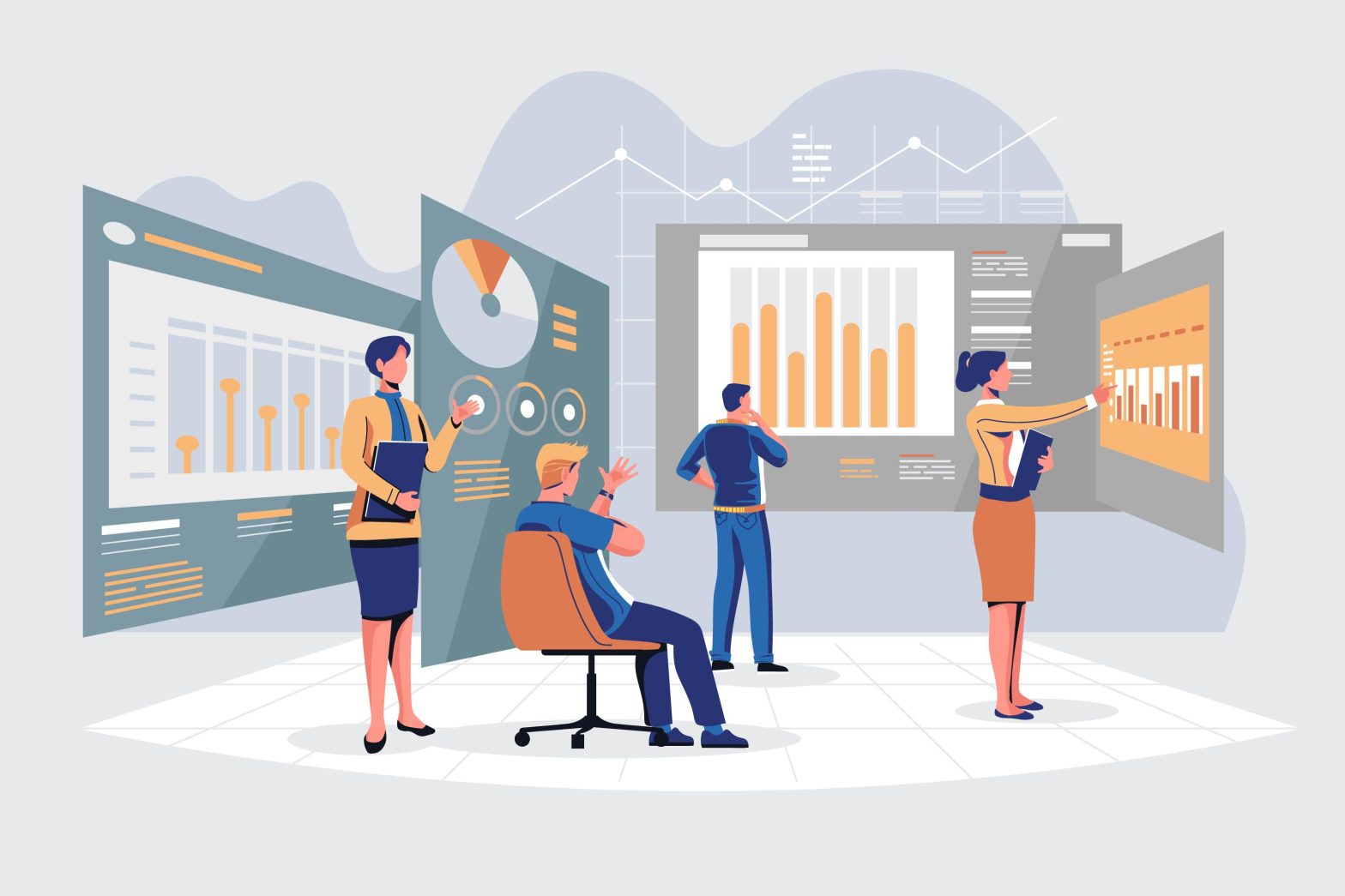Mastering Workplace Efficiency With Employee Monitoring

In the ever-evolving environment of today’s business, where flexibility and productivity are the key values, companies seek effective solutions to manage their human resources. Of these tools, the employee monitoring software stands out as a critical solution providing valuable information and features that change how organizations work.
The Purpose of Employee Monitoring Software
Suppose your organization is an automobile engine; all the parts have to be to produce maximum output. Employee monitoring software is the diagnostic tool that offers a real-time view of the processes within this engine. It records and evaluates different parameters like the completion rate of tasks, time taken on projects, and frequency of communication to provide a clear picture of productivity standards and organizational effectiveness.
In contrast to the conventional approaches to performance measurement, which are based on subjective assessments and time-bound reviews, monitoring software provides quantifiable and fact-based information. This objective approach not only improves the decision-making processes in the organization but also promotes accountability and quality improvement in the organization.
Improving Efficiency and Business Performance
In essence, employee monitoring software enables managers and team leaders to better control the distribution of resources and work processes. Real-time analysis of the processes helps to detect the areas of inefficiency and delays, which in turn prevents the problems from getting worse and increases productivity. For instance, monitoring the level of activity among the employees can help identify when they are most productive and when they are least productive to help the managers schedule the tasks appropriately.
Likewise, the examination of communication patterns can help to enhance the interactions between the teams and departments, which in turn can result in quicker decision-making and better project performance.
Fostering Accountability and Transparency
Another advantage of monitoring software is that it helps to increase the level of transparency and accountability in the organization. The software also fosters self-organization and accountability because it allows the employees to see their performance data, including the time they spend on their work and the extent to which they meet their deadlines.
However, when the management is transparent about the use of the monitoring software, then the employees are likely to trust the management. When employees are aware that monitoring is to improve their performance and the organization’s productivity, and not for spying, then they are more likely to accept the monitoring process and contribute to the success of the team.
Ethical Issues and Privacy Issues
However, the use of employee monitoring software has some ethical issues that are associated with the privacy and security of information. Employers need to set rules and regulations concerning the use of monitoring software to avoid violating the law and employees’ rights. This is where transparency comes in handy to address some of the issues that may be associated with privacy.
When organizations explain to the employees the reasons for monitoring and the extent to which it will be done, they are likely to gain the trust of the employees and show them that the use of technology is not malicious. Also, the proper use of data security measures like encryption and access controls reduces the risks of data leakage and unauthorized access.
The Use of Data Analytics in Strategic Management
In addition to the operational functions, employee monitoring software offers data analysis features that are crucial for tactical planning in an organization. By studying the patterns and trends of the employees’ behavior and performance, the leaders can find out the areas that require improvement in terms of process, resources, and skills.
For example, the analysis of the strengths and weaknesses of the team members can help to define the areas that require improvement and thus, organize training and development activities to improve the competencies of the employees.
Likewise, the study of the workflow can help in identifying areas of improvement and investing in technology or structures that can help in increasing the efficiency of the workflow and thus, have an edge over the competitors in the market.
Adapting to Technological Changes for Future Success
In this context, the role of employee monitoring software in the future of work is also in constant development due to the constant development of technology. Technologies like AI and machine learning are improving the functionalities of monitoring software, which provides not only prescriptive analysis but also a forecast of operations requirements and issues.
In the future, organizations that adopt these technologies and use monitoring software as a competitive advantage will be in a better position to deal with the challenges arising from the growing competition in the business world. Through the promotion of innovation and improvement, these organizations can be able to grow and sustain themselves in the market and remain relevant.
Conclusion
Therefore, employee monitoring software is not just a mere tool of supervision but a tool for change and organizational growth in the new world economy. When properly leveraged, the capabilities of business intelligence can improve efficiency, increase transparency, and inform strategic decisions, thus helping organizations reach operational superiority and new levels of development.
As the business environment and organizational culture change, the software for monitoring will remain a valuable tool for addressing issues, improving productivity, and enhancing the potential of employees. When technology is adopted responsibly and ethically, organizations can foster an environment that encourages innovation and growth to ensure that they can thrive in a world that is constantly evolving.













